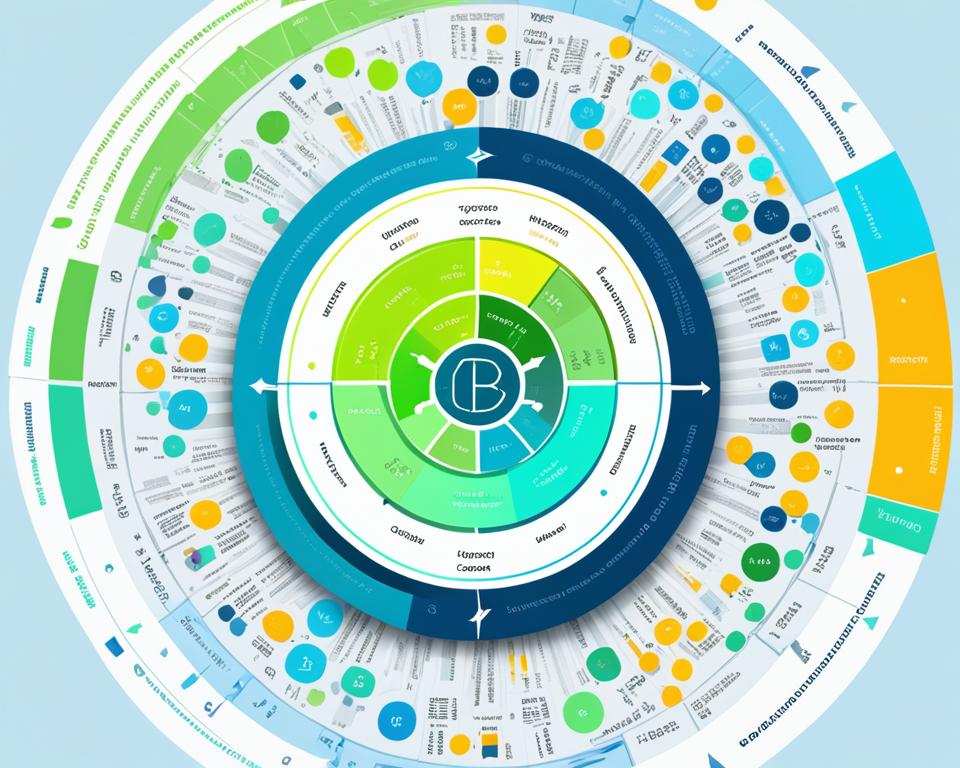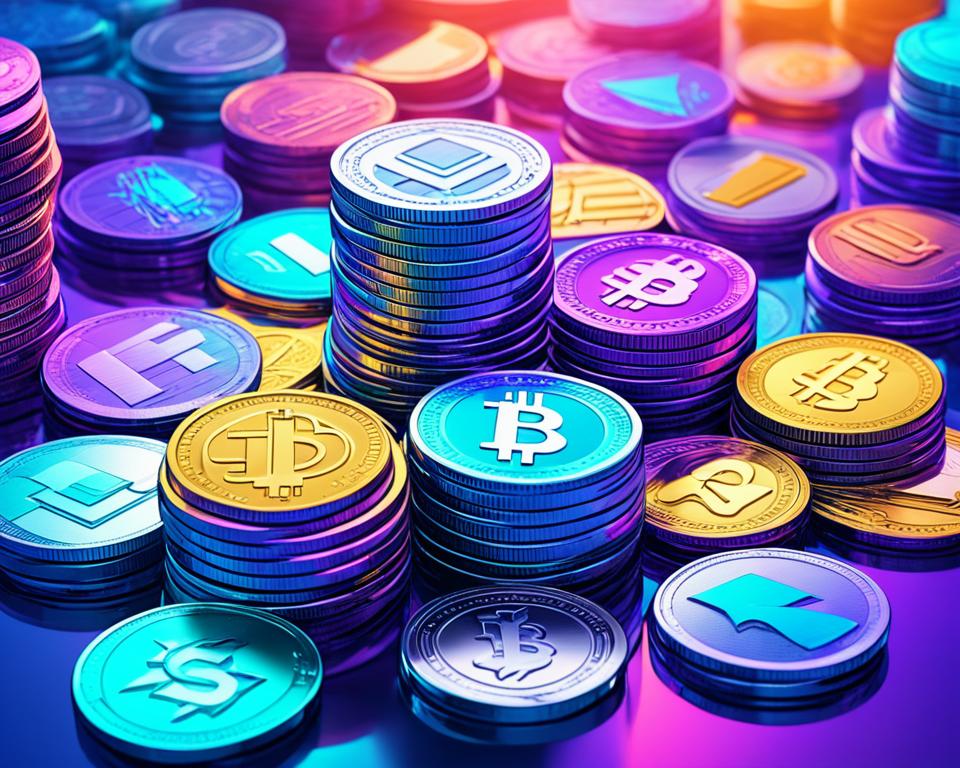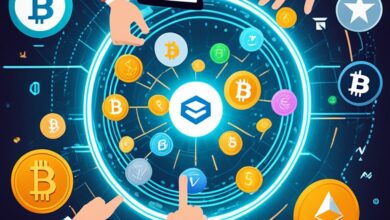Tokenomics: Unraveling the Economics Behind Crypto Tokens

Tokenomics is the study of the economic factors that drive the creation, distribution, and use of cryptocurrency tokens. It encompasses the intricate mechanisms that govern the supply, demand, and value of these digital assets within the broader crypto ecosystem. Understanding tokenomics is crucial for both crypto enthusiasts and investors, as it sheds light on the underlying principles that shape the success and viability of various blockchain-based projects.
Key Takeaways
- Tokenomics is the study of the economic factors that drive the creation, distribution, and use of cryptocurrency tokens.
- It encompasses the mechanisms that govern the supply, demand, and value of digital assets in the crypto ecosystem.
- Understanding tokenomics is crucial for crypto enthusiasts and investors to grasp the principles behind successful blockchain projects.
- Tokenomics involves exploring token supply, distribution, utility, and incentives that shape the viability of crypto-based projects.
- Analyzing token allocation, governance models, staking, and burning can provide insights into the intricate dynamics of token economics.
Tokenomics: The Driving Force Behind Crypto Economies
The supply and distribution of a token are fundamental aspects of its tokenomics. Token supply refers to the total number of tokens available, which can be fixed, capped, or variable. Token distribution, on the other hand, determines how these tokens are allocated and made available to users, investors, and the broader crypto community. Factors such as pre-mined tokens, token generation events, and ongoing token issuance or release schedules can significantly impact a token’s supply and distribution dynamics.
Understanding Token Supply and Distribution
The token supply is a critical factor in determining the scarcity and value of a cryptocurrency. A fixed or capped supply can create a sense of scarcity, which can drive up demand and price, while a variable supply may be more responsive to market conditions. The way these tokens are distributed, whether through mining, staking, token burning, or other mechanisms, can also have a significant impact on the overall token economics.
Exploring Token Utility and Incentives
In addition to supply and distribution, the token utility and the incentives associated with holding or using the token are crucial elements of tokenomics. Tokens can serve various purposes, such as facilitating transactions, granting access to specific services, or enabling governance within a decentralized ecosystem. By aligning these token incentives with the needs and goals of the broader crypto community, projects can create a thriving and sustainable economic model.
Understanding the intricacies of token supply, token distribution, token utility, and token incentives is essential for navigating the complex world of cryptocurrency tokenomics. By exploring these key concepts, you can gain deeper insights into the driving forces behind the success and viability of various blockchain-based projects.

The Intricate Dynamics of Token Economics
The way token allocation and the governance models are implemented can have a significant impact on the overall tokenomics of a project. Token allocation refers to the distribution of tokens among different stakeholders, such as the development team, investors, and the community. Governance models, which determine how decisions are made within the project, can also influence the token’s supply, distribution, and utility, ultimately shaping its long-term economic viability.
Token Allocation and Governance Models
The distribution of tokens among various stakeholders is a critical component of a project’s tokenomics. A well-designed token allocation strategy can incentivize and align the interests of the team, investors, and the broader community. Equally important are the governance models that determine how decisions are made within the project. These models can have a significant impact on the token’s supply, distribution, and utility, ultimately influencing its long-term economic sustainability.
Staking, Burning, and Token Scarcity
Mechanisms like token staking and token burning play a crucial role in shaping the token scarcity and, consequently, the token’s value. Token staking allows users to lock their tokens in exchange for rewards, effectively reducing the circulating supply and creating a sense of scarcity. Token burning, on the other hand, involves the permanent removal of tokens from the total supply, further enhancing the token’s scarcity and potentially increasing its price. These strategic mechanisms can have a profound impact on the overall tokenomics and the long-term viability of the project.




